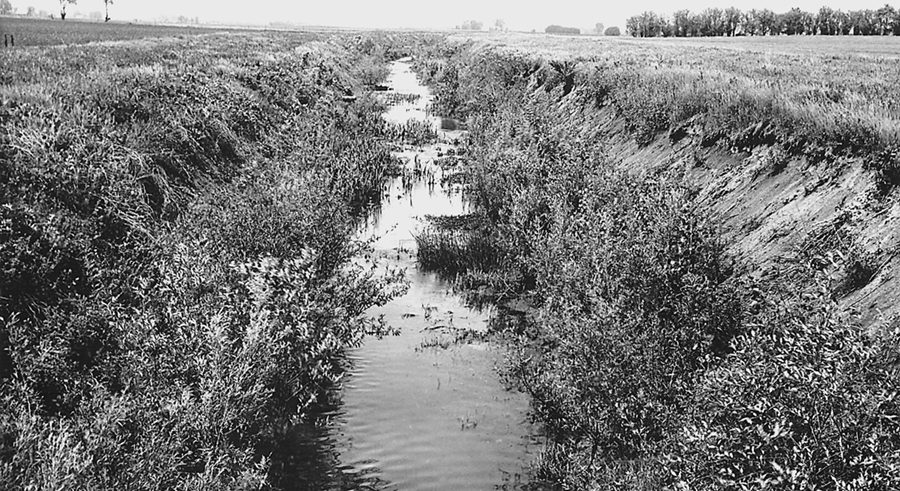No-Till Farmer
Get full access NOW to the most comprehensive, powerful and easy-to-use online resource for no-tillage practices. Just one good idea will pay for your subscription hundreds of times over.

Gyles Randall had a tough job in front of him. Here he was, at the National No-Tillage Convention last January and he knew the last things these top-notch no-tillers wanted to hear about were environmental concerns about nitrogen application.
But Randall wasn’t a speaker at the conference for popularity points. He knew what he had to say was important information that today’s no-tillers needed to hear, whether they liked it or not.
“I doubt any of you here came to hear me talk about the Gulf of Mexico,” explained the soil scientist at the University of Minnesota’s Southern Research and Outreach Center in Waseca, Minn. “But I can tell you the activities in the Gulf of Mexico may affect what you do regardless of where you farm.”
Randall says one thing farmers need to be concerned with is how the big picture affects them and then scale it down to each farm.
“You’ve got phosphorus, which is primarily a surface drainage concern,” he says. “Next are the herbicides, which are a much less concern, and then in some livestock portions of the country, pathogens in manure are a concern.”
According to Randall, the Mississippi River, draining portions of 34 states, making up 41 percent of the contiguous United States, is contributing nutrients to the Gulf of Mexico, which in recent years has developed a 6,500 to 7,000 square mile zone of low oxygen water. Fortunately, this zone occupied less than 5,000 square miles in 1998.
“It’s called…